Computer vision is a branch that is part of artificial intelligence [ AI ] which employs the power of machine learning as well as neural networks in order to train computer systems and computers to draw useful information from digital pictures such as videos videos and other inputs. It also helps to bring recommendations or perform action when they spot problems or defects. If AI can benefit computers think computer vision allows them to look feel and comprehend.
Computer vision is much similar to human vision. The difference is that humans get a head start. Human eyes have the advantage of a lifetime of experience in order to learn how to distinguish the difference between objects what distances they are, if they are in motion, or if there is something wrong in an image.
Computer vision teaches computers to do these jobs However it does it much faster by together cameras information and algorithms rather than optic nerves retinas and the visual cortex.
Since a computer system that is trained to look over products or observe an asset in production can look over thousands of items or processes in a single minute & spot subtle imperfections or problems that can easily outdo human abilities.
How do computers work?
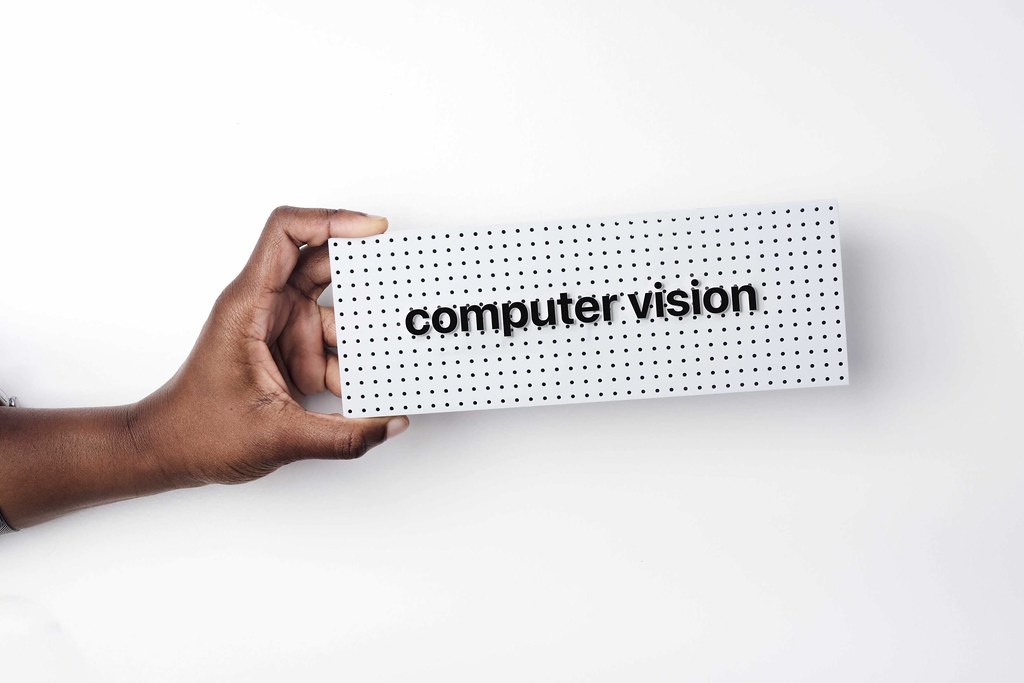
Computer vision requires a lot of information. It analyzes data repeatedly until it is able to discern differences and then recognizes pictures. In order to teach a computer to recognize tires on cars the computer must receive a large amount of images related to tires and other tire related objects to understand the distinctions and identify a tire particularly one that is free of defects.
Two fundamental technologies are utilized in order to achieve this task: a form of machine learning that is known as deep learning as well as an convolutional neural network [ CNN ].
machine learning employs algorithmic models which enable computers to learn about the meaning of images. When satisfying information is passed through the model it is able to “look” @ the data and then learn how to differentiate the difference between two images. These algorithms let the computer learn on its own instead of requiring a programmer to detect the image.
A CNN assists the machine learning or deep learning model “look” by breaking images into pixels provided with labels or tags.
The system uses labels to make convolutions [ a mathematical process that takes two functions in order to create an additional function ] and make predictions of what its “seeing.”
The neural network performs convolutions and tests the validity of its predictions through an iterative process until its predictions begin to become true. It then recognizes and interpreting images with a similarity to human eyes.
Similar to a person making the image from an extended distance a CNN begins by identifying hard edges and shapes. It after which it fills in the data as it performs the same pattern of prediction. It is a CNN can be used to comprehend individual images. Recurrent neural networks [ RNN ] is utilized similarly to video applications. They benefit computer systems understand how images within a sequence of frames relate to each other.
The background of computer vision
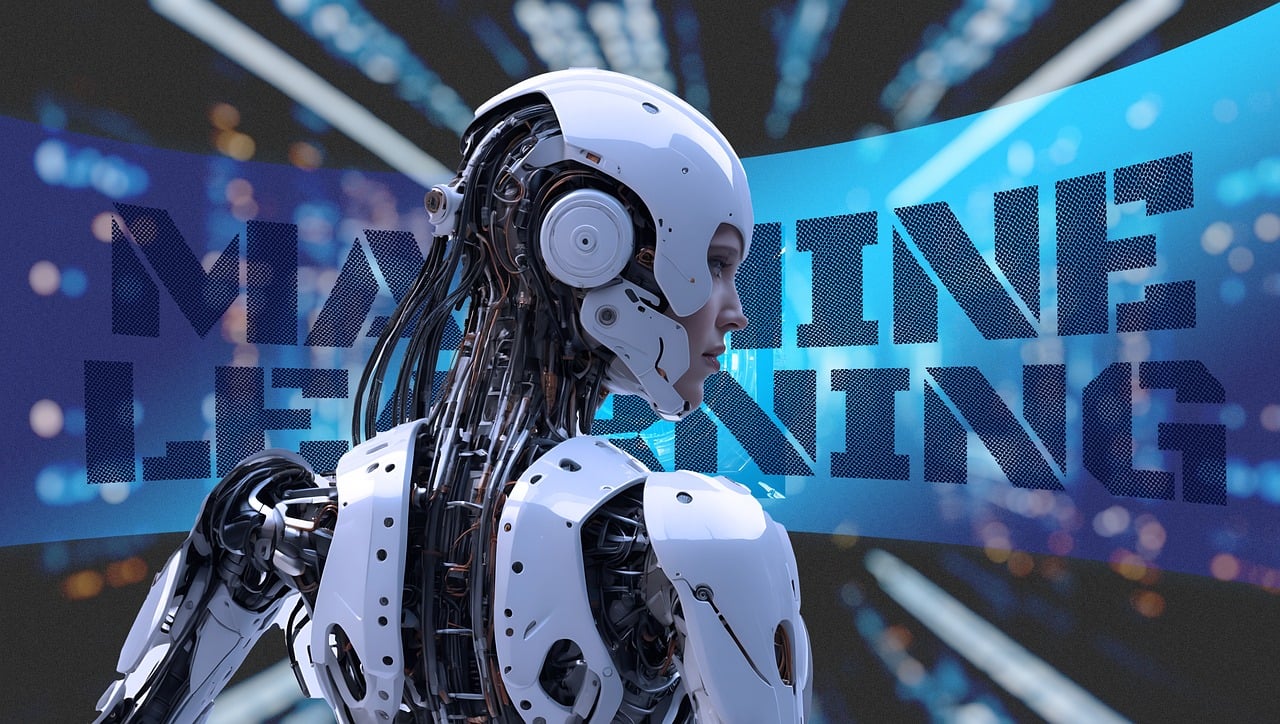
Engineers and scientists are trying to create methods for computers to perceive and process visual data for the last 60 years. It was 1959 that the first experiment began when neurophysiologists presented the cat a range of images and attempted to connect a reaction to the cats brain. Researchers discovered that it reacted first to sharp edges or lines. Scientifically this means that the processing of images begins with basic shapes such as straight lines.
In the same period when the first computer imaging technology was invented that allowed computers to scan and capture images. Another landmark was made in 1963 when computers were capable of turning two dimensional pictures into 3D forms. The 1960s saw AI was recognized as an academic area of study and also signified the start of the AI endeavor to resolve the problem of human vision.
1974 was the year of introduction in 1974 the introduction of optical character recognition [ OCR ] technology. It could identify text that was printed in any typeface font or font.
Similar to that the intelligent character recognition [ ICR ] can recognize handwritten texts together neural networks.
Since the time OCR and ICR have been able to be integrated into the processing of invoices and documents and recognition of vehicle plates mobile payment machine conversion as well as other applications that are common.
In 1982 the neuroscientist David Marr established that vision operates in a hierarchical manner and created algorithms to benefit machines detect the edges corners curvatures as well as similar designs. @ the same time the computer expert Kunihiko Fukushima developed a network of cells that was able to detect patterns. The neural network dubbed the Neocognitron comprised convolutional layers within neural networks.
In 2000 the main research focus was detection of objects. In 2001 the very first real time facial recognition software was released. The standardization of the way that visual data sets are classified and annotated began to emerge in the early 2000s.
In the year 2010 in 2010 in 2010 the ImageNet data set came out. It was a collection of millions of tag images spread across several hundred object classes. It also provides the basis for CNNs as well as deep learning models currently used.
The year 2012 was the time a group @ University of Toronto. University of Toronto entered a CNN contest for image recognition. contest. The system dubbed AlexNet has significantly decreased the rate of error for image recognition. Following this innovation the error rate has dropped to only a couple of percent.
Computer applications for vision
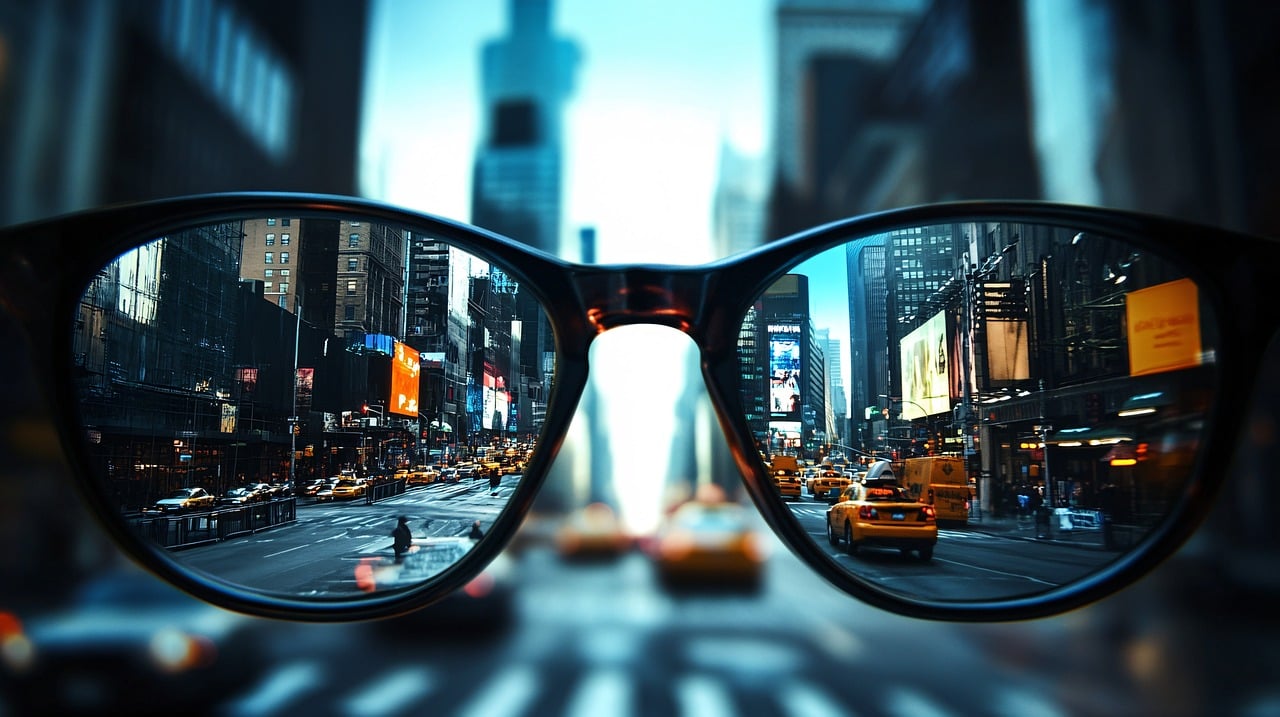
Theres many research conducted in the field of computer vision and its not just stopping there. Applications in real life demonstrate the importance computer vision is in a variety of fields for entertainment business as well as healthcare and transportation every day daily.
One of the main reasons for the development of these apps is the influx of data that comes through security systems smartphones such as traffic cameras & other instruments that can be seen. These data can have a huge impact on the operations of all industries.
but today goes unused. This data serves as an ideal test ground to develop computers to use computer vision and also a platform that allows them to be a an integral part of human activity:
- IBM utilized computer vision in the creation of My Moments for the 2018 Masters golf event. IBM Watson[ r ] was able to watch many minutes of Masters footage and was able to identify the visuals [ and the sounds ] of the most important shots. IBM Watson compiled these important instances and then emailed the footage to viewers as personal highlight reels.
- Google Translate lets users point the camera of a smartphone @ the sign written in another language & get almost instantly an instant translation in their language of choice. 6
- Self driving cars development depends on computer vision to process the images coming from vehicles cameras as well as other sensors. It is essential to recognize the presence of other vehicles traffic signals such as the lane markings of bicycles pedestrians as well as all other information thats visible when driving.
- IBM has been utilizing technology for computer vision with companies like Verizon to take intelligent AI towards the forefront as well as to benefit automobile manufacturers spot problems with the vehicle before it goes to the manufacturer.
Computer vision examples
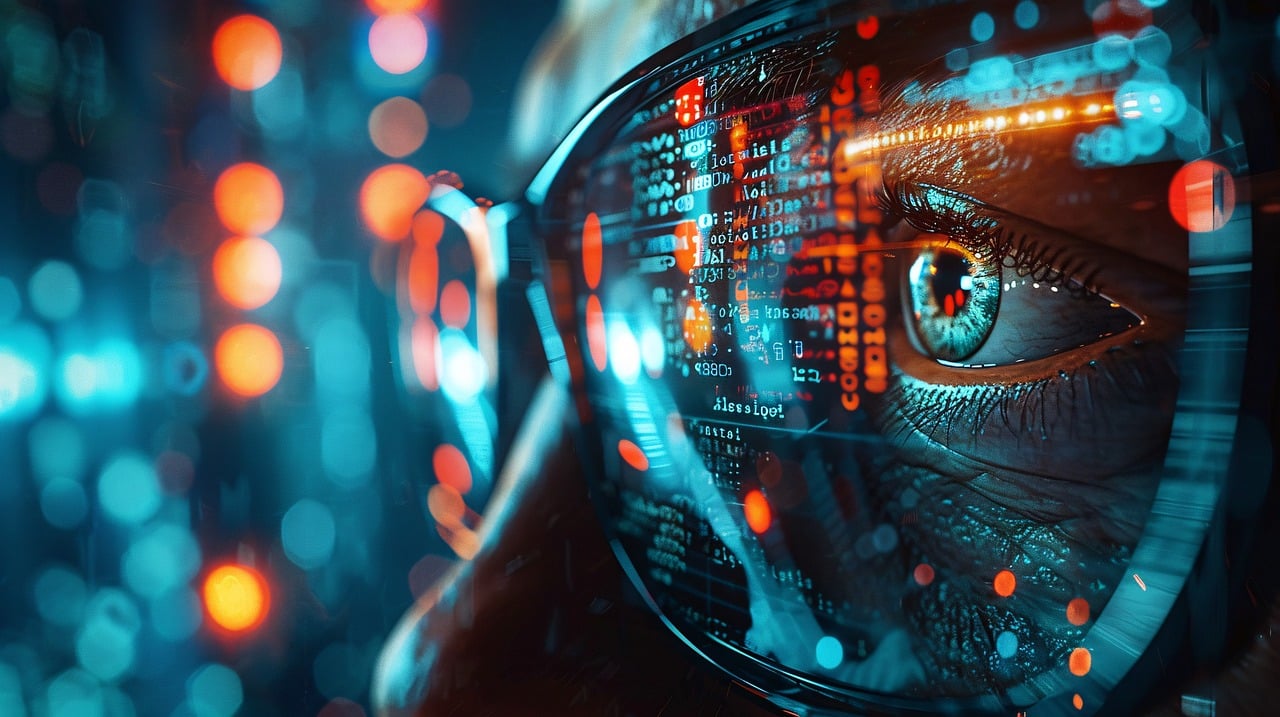
Most organizations do not have enough resources to finance computers for vision research and develop deep learning models or neural networks. Also they may not have the power of computing necessary to process massive amounts of images.
Businesses like IBM offer computers with software to develop. They offer already built learning models that are accessible via the cloud & also reduce demand of computing resources.
Customers connect to these services via an interface for application programming [ API ] and utilize them for developing computer vision programs.
IBM has also announced an advanced computer vision platform that is designed to address both computer and developmental resources. IBM Maximo[ r ] Visual Inspection includes tools that permit subject matter experts to define as well as train and deploy deep learning vision models without programming or advanced learning knowledge.
The models for vision can be implemented in local data centers as well as in the cloud & on edge devices.
As it becomes more accessible to access the resources needed to create computer vision related applications one essential question to address @ the beginning is what specifically will these programs do? Knowing and delineating the specific tasks of computer vision will benefit you focus on and verify programs and initiatives and make it simpler to begin.
Some examples of well established computer vision jobs:
- Image classification analyzes images and is able to classify it [ a dog apple or a face of a person ]. In addition its capable of accurately predicting whether an image is part of one of a specific category. A social media business might choose to utilize it in order to detect and classify objectionable pictures that users upload.
- The program detects objects uses image classification to recognize an images class and later tabulate their presence in an image or video. It is possible to detect damages in an assembly line or the identification of machinery that needs maintenance.
- object tracking will follow or track the object after it has been recognized. It is typically accomplished using images that are captured in a sequence or live video feeds. Autonomous vehicles like must not just recognize and categorize things like vehicles pedestrians as well as road infrastructure. They have to follow the objects in motion so that they avoid accidents and comply with traffic rules. 7
- Image retrieval based on contentuses computers to browse find and locate images within huge data storage facilities and based on material of images & not the metadata tags they are that are associated with them. The task may also incorporate automated annotation of images that can replace manually tagged images. This task can be utilized in the management of digital assets software and will improve the precision of searching and retrieval.
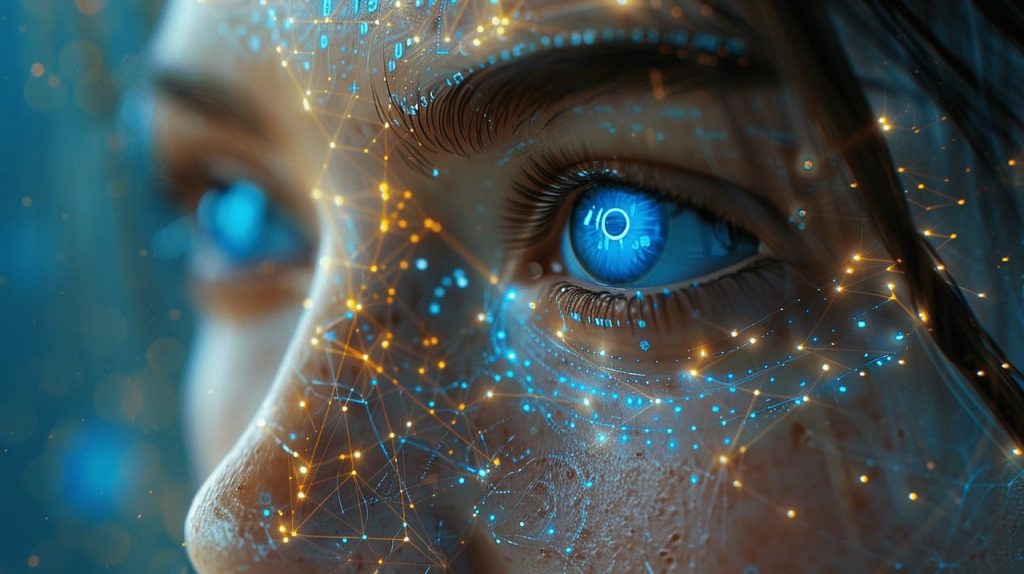
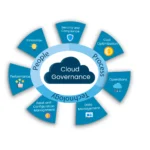
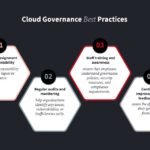




7 thoughts on “Computer Vision: What is computer vision?”